In daily study, office and drawing, mechanical pencils have become an indispensable writing tool for many people. Compared with traditional wooden pencils, mechanical pencils do not need to be sharpened frequently, writing is cleaner and neater, and the refills can be replaced, which greatly improves practicality and environmental protection. However, many users often encounter a problem when purchasing or replacing refills: What are the refill specifications of mechanical pencils? Different types of refills are suitable for different mechanical pencils. Improper use may cause problems such as stuck refills and broken refills. Therefore, it is very important to understand the common refill specifications of mechanical pencils for the correct purchase and use of mechanical pencils. This article will introduce in detail the mainstream refill specifications of mechanical pencils, the applicable scenarios of different specifications, and how to choose the right refill to help you use mechanical pencils better.
1. Definition and structure of mechanical pencil refills
Before we get to know the specifications in depth, let's first understand the basic composition of mechanical pencil refills. The refills of mechanical pencils are usually composed of graphite and binders, generally cylindrical, with a smooth surface and a length between 60 mm and 75 mm. Depending on the purpose, the composition ratio and structure of the refill are slightly different, but most refills have a certain toughness and hardness, which can meet the needs of daily writing and drawing.
The specifications of mechanical pencil refills are mainly measured by two indicators: diameter (thickness) and hardness. The diameter determines the type of mechanical pencil that the refill is suitable for, while the hardness affects the depth and feel of writing.
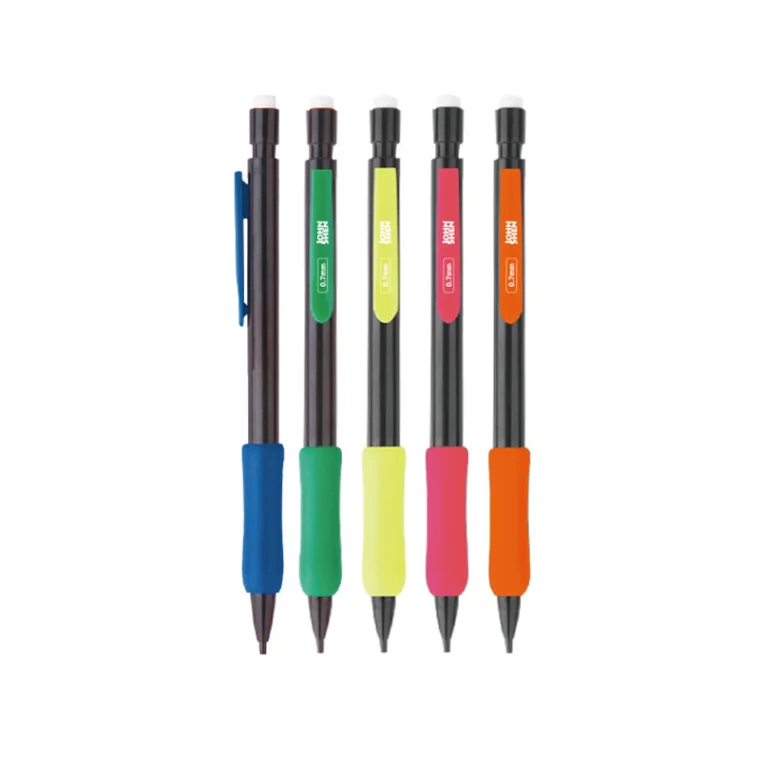
2. Common diameter specifications of mechanical pencil refills
0.3mm refills
The 0.3mm refill is an extremely fine refill specification, which is mainly used for scenes that require high-precision lines, such as precision drawing, technical sketches, and engineering design. The writing lines of this refill are very fine, which is suitable for drawing graphics with rich details, and is also very suitable for people with neat handwriting to write small characters. However, because the refill is too thin, the refill is more common, and the user needs to have better pen control ability.
0.5mm refills
This is currently the most common and widely used refill specification for mechanical pencils. The 0.5mm refill takes into account both writing fluency and strength, and is not easy to break. It is suitable for various scenes such as daily writing, student class notes, and office records. Most mechanical pencils on the market are designed with 0.5mm as the mainstream, so this specification is often the easiest to find when purchasing refills.
0.7mm refill
Compared to 0.5mm, the 0.7mm refill is slightly thicker and the writing lines are heavier, which is suitable for users who write larger handwriting or need stronger writing force. For example, for signatures, sketch records, etc., 0.7mm refills can provide a more stable writing experience. In addition, due to the increased thickness, the refills of this specification are relatively stronger and not easy to break, which is suitable for beginners or users with greater strength.
0.9mm refill
The 0.9mm refill is considered to be one of the representatives of thick refills, mainly suitable for children's writing, beginners, and drawing drafts. Its advantages are strong durability and smooth writing, and it is not easy to break even if the refill is extended for a long time. At the same time, it is more efficient when writing on a large area, especially suitable for teachers who need to quickly sketch or correct homework.
1.3mm and above refills
When the refill thickness reaches 1.3mm or even larger, the usage scenario is relatively professional or special. For example, refills of 1.3mm and 1.4mm specifications are often seen in children's learning special mechanical pencils to help children practice writing and control the pen holding posture. Thick refills of 1.8mm, 2.0mm or even 3.15mm are usually used for drawing, sketching or artistic creation. The texture of these refills is close to traditional wooden pencils, but combined with the convenience of mechanical pencils.
3. Hardness level of mechanical pencil refills
In addition to the thickness specifications, the "hardness" of the refill is also an important parameter. On the refill packaging, we often see logos such as "H", "B", "HB", and "2B", which represent different hardness levels.
H series (high hardness level)
"H" is the abbreviation of "Hard" in English. The H series refills are harder, the writing lines are lighter, and they are not easy to blacken. Common ones are H, 2H, 3H, etc., where the larger the number, the higher the hardness. H series refills are suitable for drawing work that requires clear lines and is not easy to smear, such as engineering drawings and technical drawings.
B series (high softness)
"B" is the abbreviation of "Black" in English. The B series refills are softer and the lines are darker and thicker when writing. Common ones are B, 2B, 3B, 4B, etc. The larger the number, the softer it is and the thicker the line. The B series is suitable for artistic painting and writing scenes with high blackness requirements, such as filling in exam answer sheets and artistic sketches.
HB: A balanced choice for writing and drawing
HB is an intermediate hardness between H and B. It is the most commonly used and most balanced refill hardness and is widely used in daily writing for students and office workers. It has a certain degree of blackness, but it is not too soft to cause the refill to be consumed too quickly, taking into account both the writing feel and practicality.
4. How to choose the refill specifications of the mechanical pencil that suits you?
Faced with a variety of refill specifications, many people inevitably find it difficult to choose. Here are some suggestions:
Choose according to the usage scenario
Daily writing: It is recommended to use a 0.5mm HB refill, which is suitable for most office and learning scenarios.
Exam filling cards: It is recommended to choose a 2B refill, which has black lines and is easy for the machine to recognize.
Drawing and painting: You can choose an H or B refill with appropriate hardness according to your needs, and the thickness depends on the drawing needs.
Children's learning: It is recommended to use a refill of 0.9mm or above, which is strong and not easy to break, and has a good writing feel.
Choose according to personal writing habits
For those who write with greater strength: It is suitable to use a thicker refill (such as 0.7mm, 0.9mm) to reduce the rate of refill breakage.
For those who need fine drawing: 0.3mm or 0.5mm thin refills are more suitable, especially for designers or architectural draftsmen.
For those who pursue smooth writing: You can choose a refill with 2B or B hardness, which feels smooth and has a full font.
Although the refill of an mechanical pencil may seem insignificant, it is directly related to the fluency, comfort and efficiency of writing. By understanding the common specifications of mechanical pencil refills (such as 0.3mm, 0.5mm, 0.7mm, 0.9mm, etc.) and hardness levels (such as H, HB, B, 2B, etc.), we can choose the most suitable one according to different scenarios and personal habits.
Whether you are a student, designer, artist, or daily recorder, mastering these refill specifications can make you more comfortable in the process of using mechanical pencils. If you are worried about how to choose a refill, I hope this article can provide you with practical reference.
www.johnshenstationery.com
johnshenstationery
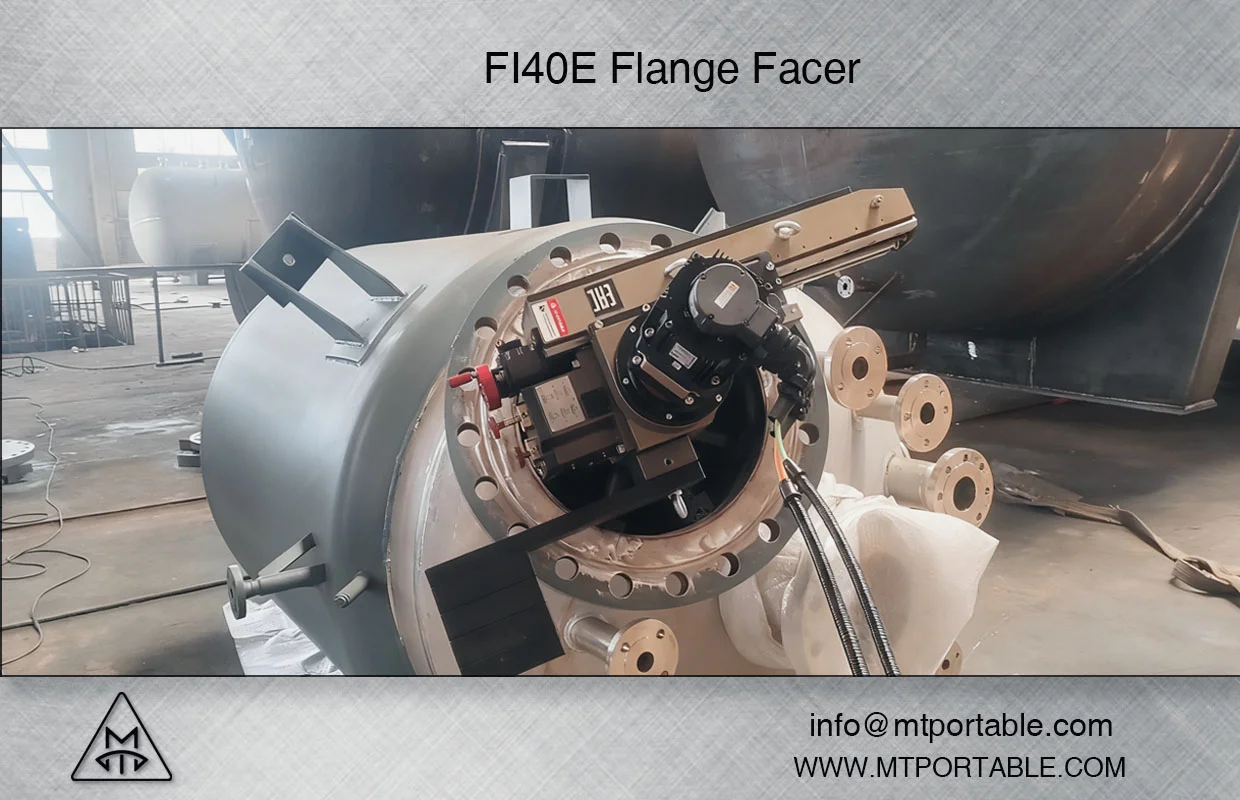
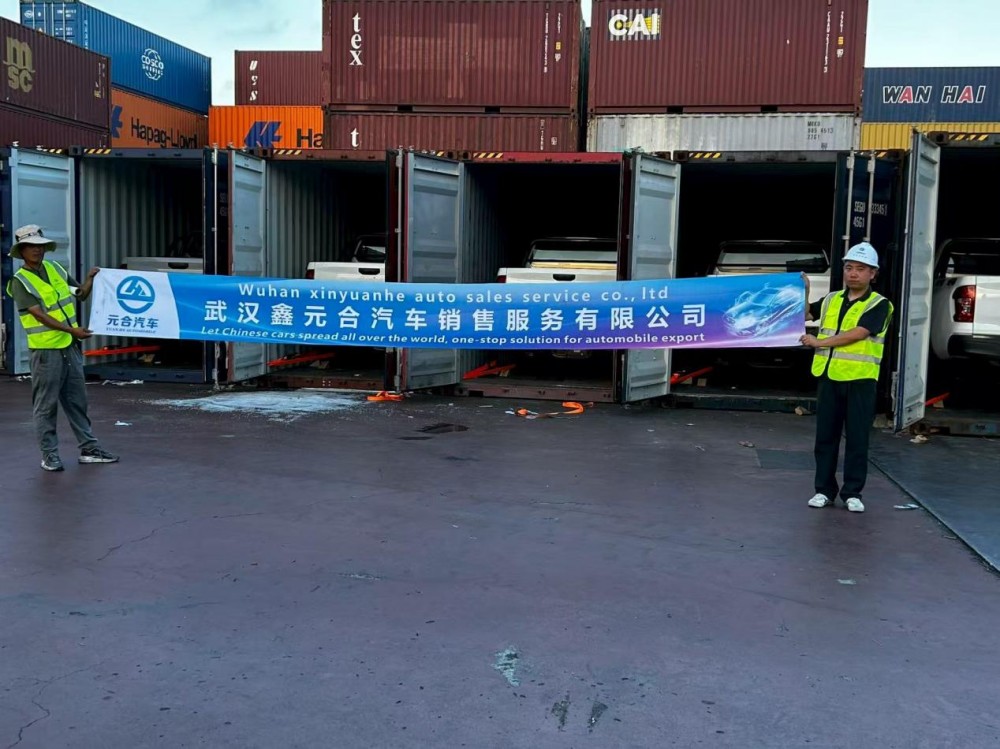
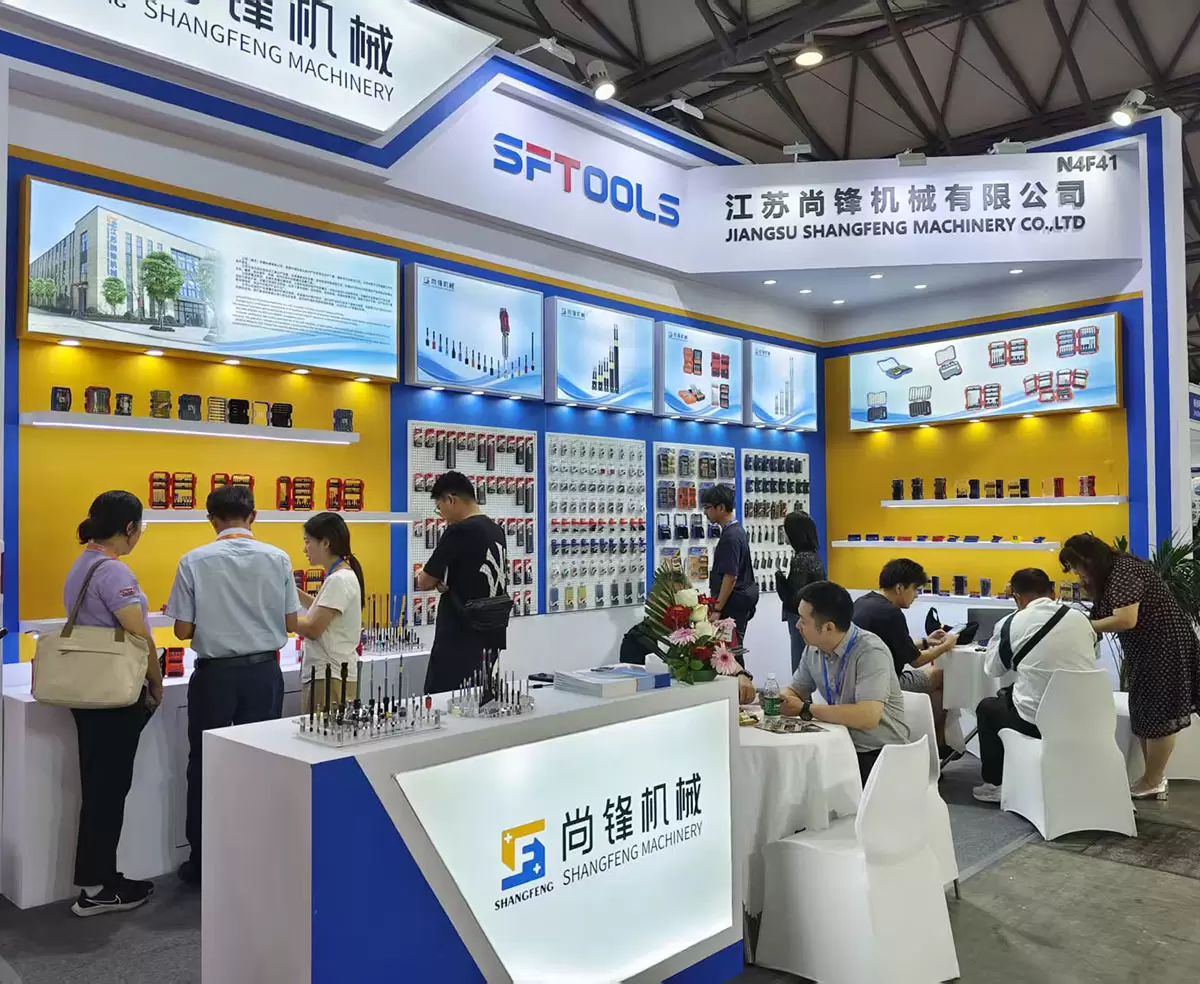
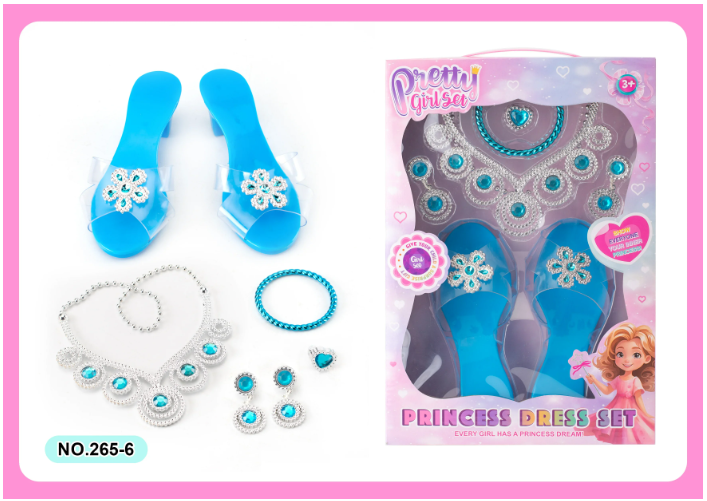
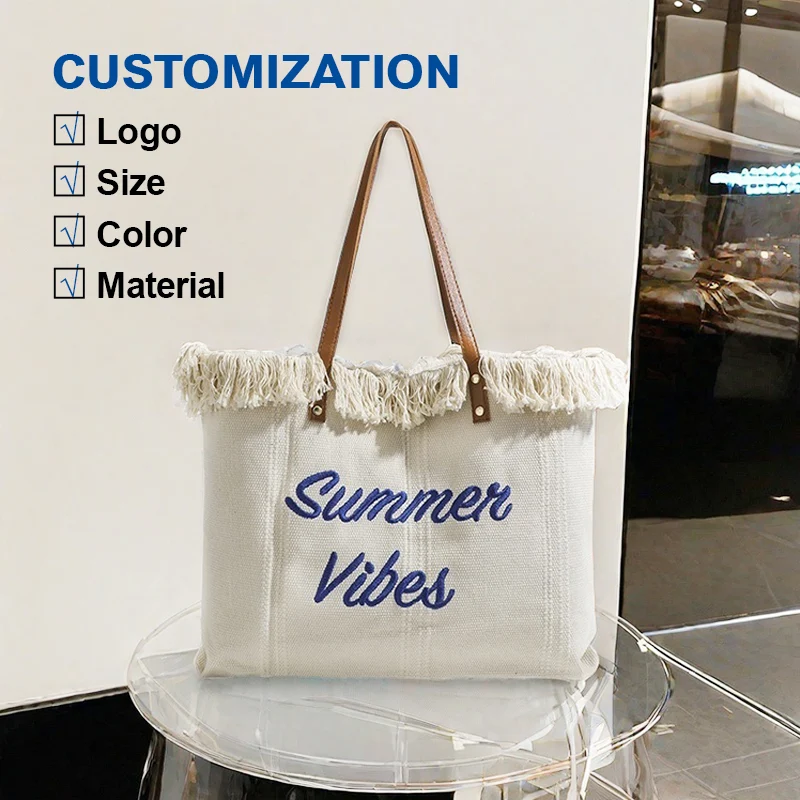
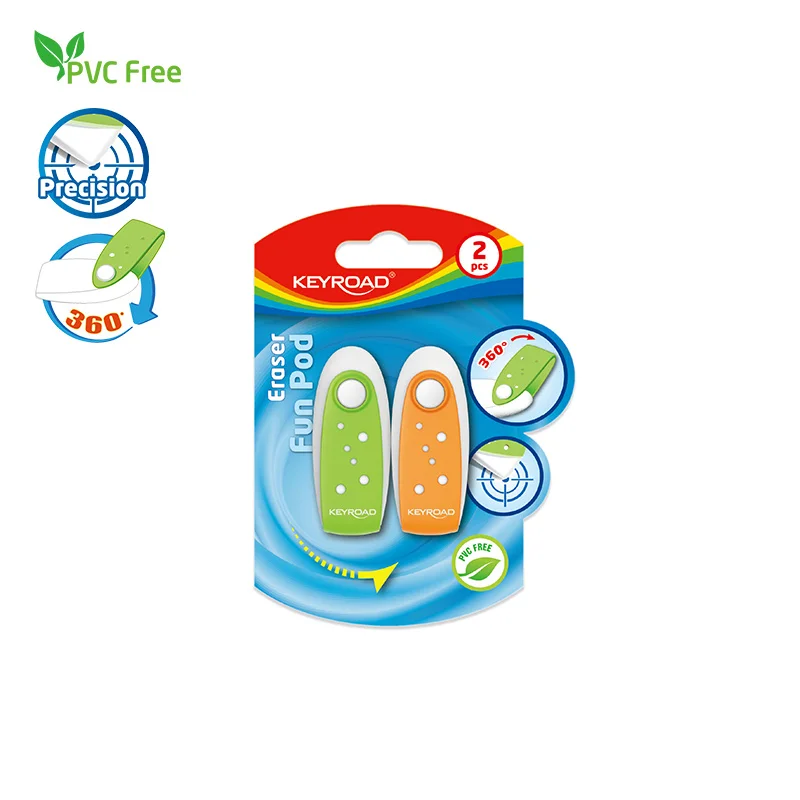
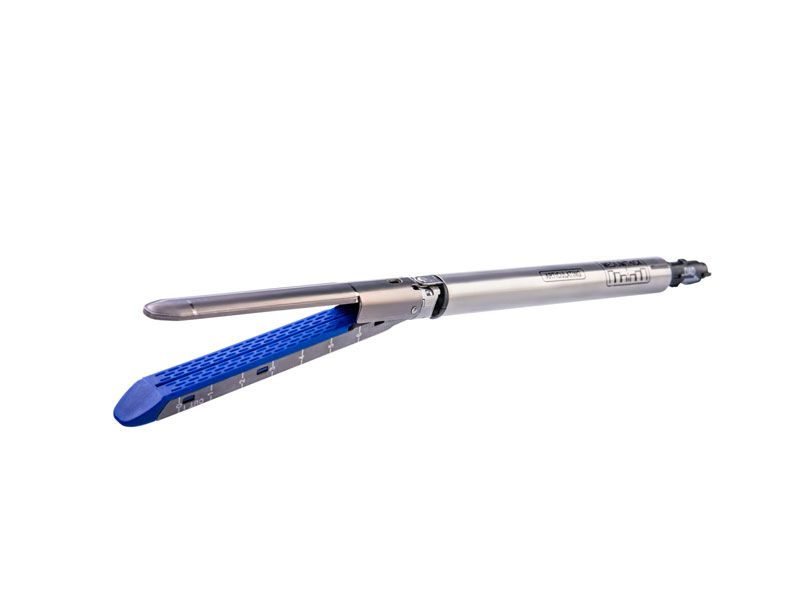


+ There are no comments
Add yours